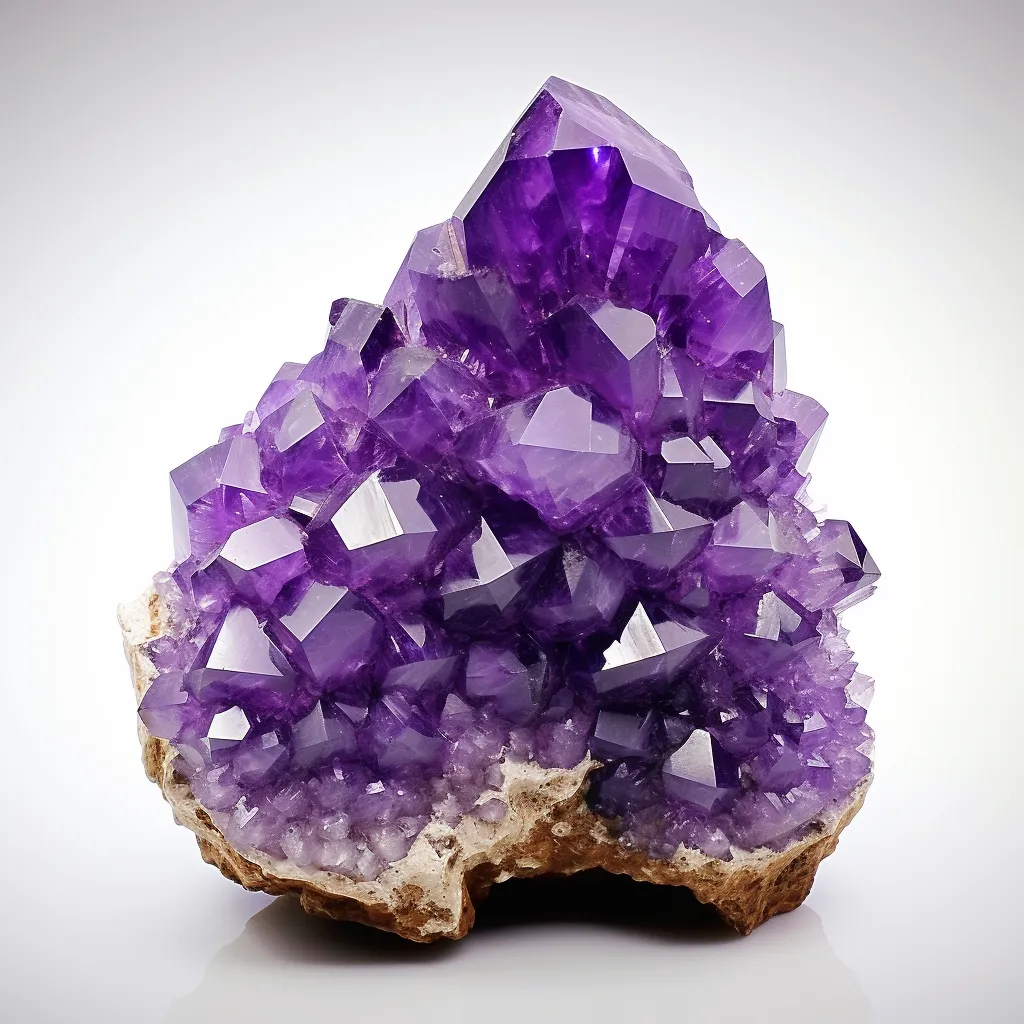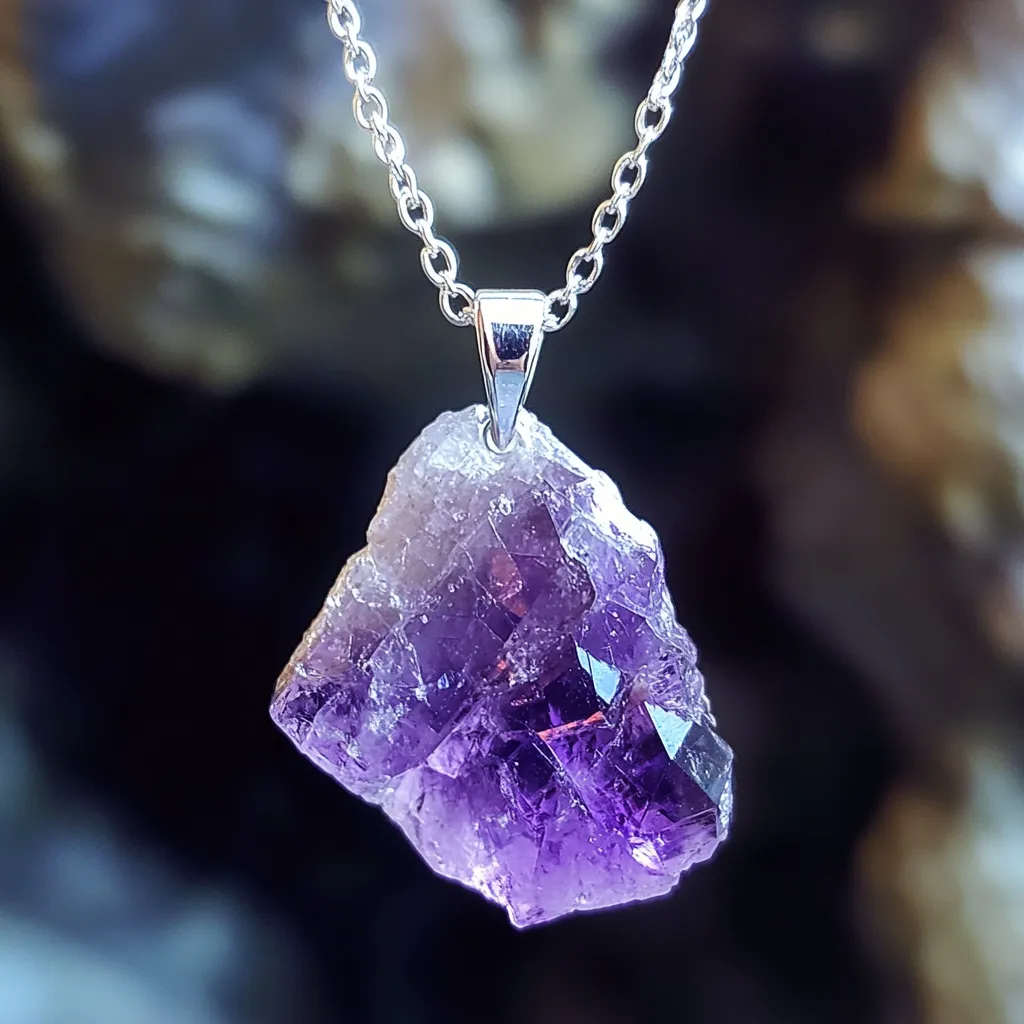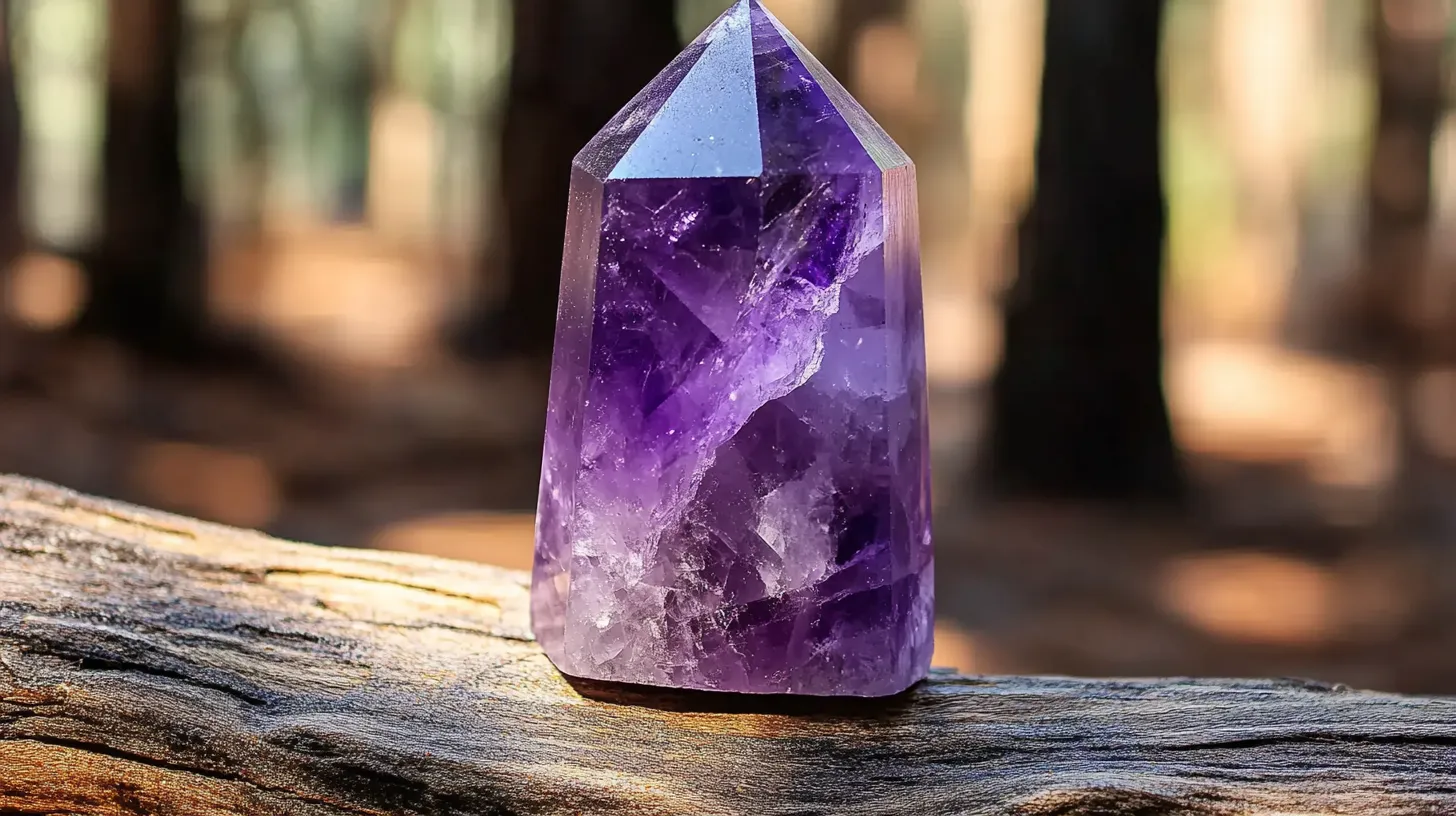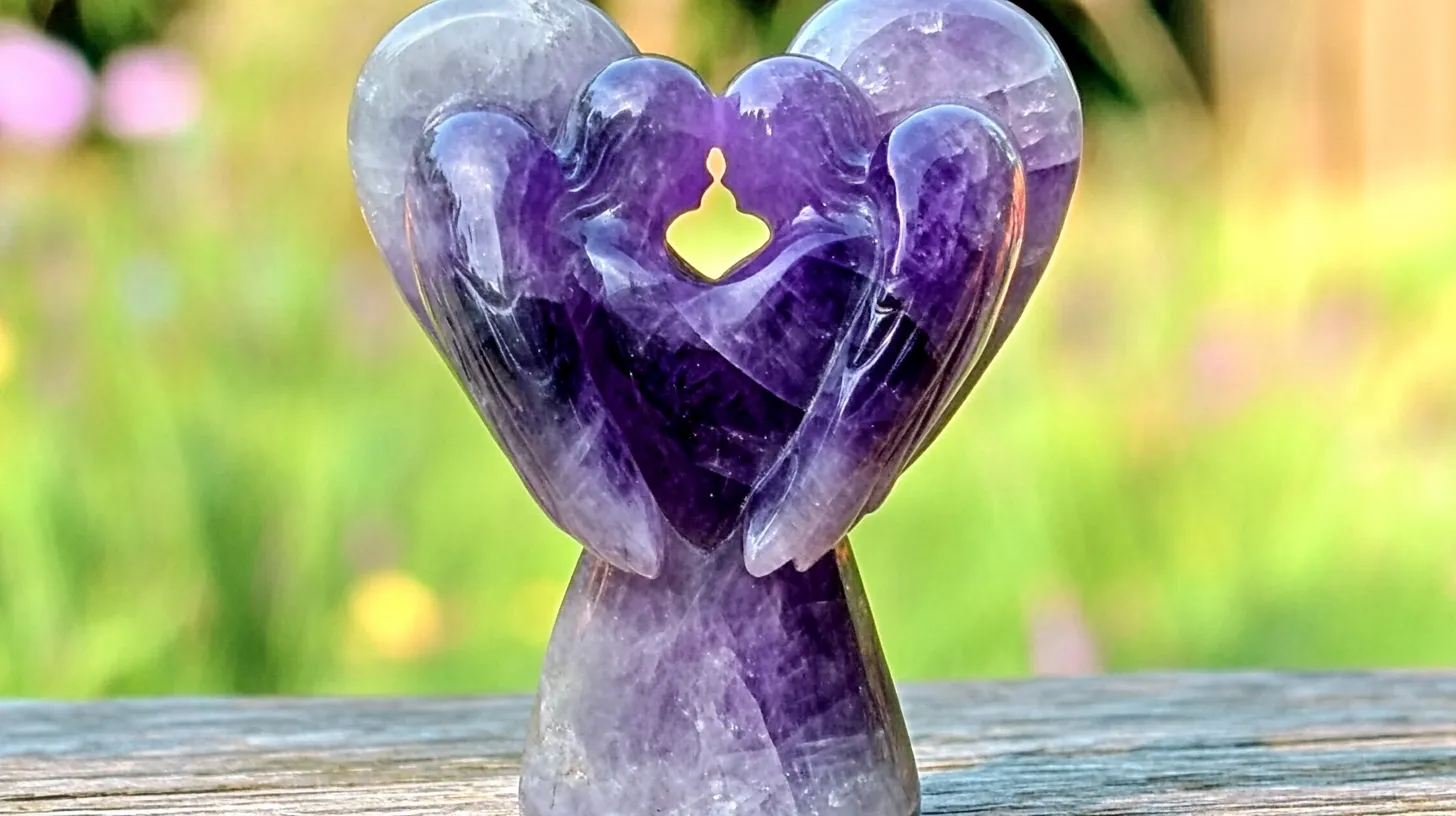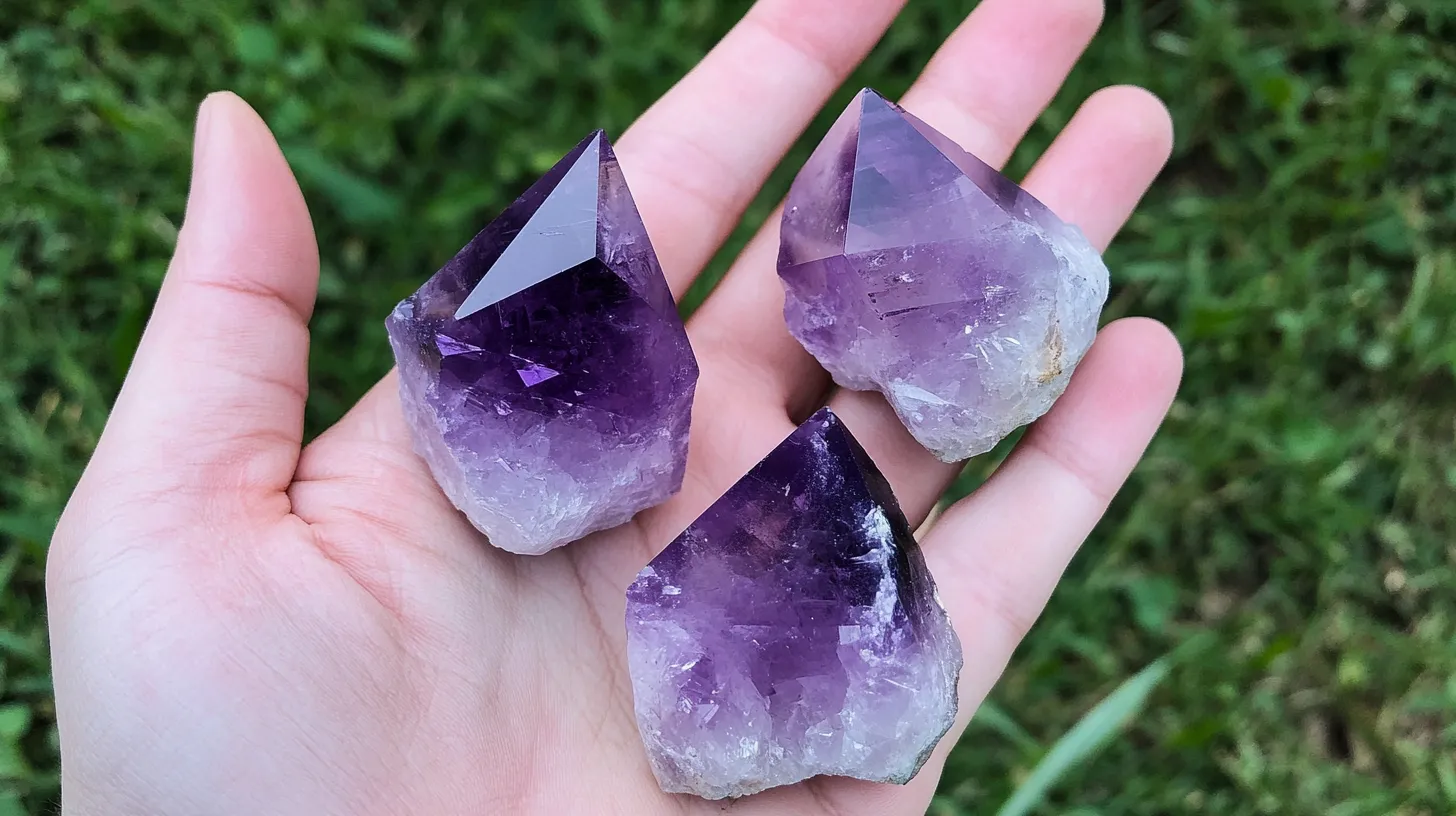

What Is the Value of Green Amethyst?
A beautiful and unusual gemstone that has lately become very well-known is green amethyst, sometimes known as prasiolite. Although most people connect amethyst with purple, its subtle green tones provide a cool and sophisticated substitute. But what value does green amethyst have? Its rarity, colour, clarity, cut, and natural or treated nature all influence the response. Let’s explore closely what distinguishes green amethyst and its actual value.

Describes Green Amethyst?
Heat treatment or natural geological processes, either naturally occurring or manmade, cause the exquisite green hue of green amethyst, a kind of quartz. Though most of the green amethyst available today derives from heat-treated purple amethyst, naturally occurring green amethyst is rare. Referring to its greenish hue, the Greek words “prason” (leek) and “lithos” (stone) translate as the phrase “prasiolite.”
Green amethyst is a favourite among jewellery enthusiasts who desire something distinctive but is still reasonably priced because of its more delicate, almost ethereal look than conventional purple amethyst.

In Value, How Does Green Amethyst Stand Against Purple Amethyst?
Purple amethyst is more popular than green amethyst due to its widespread recognition and deep historical and spiritual significance. But green amethyst is uncommon in its natural form; hence, very precious gems may be more sought after.
| Feature | Purple Amethyst | Green Amethyst (Prasiolite) |
|---|---|---|
| Colour | From deep purple to pale lavender | From soft green to minty tones |
| Rarity | Common | Rare in natural form; more common when treated |
| Treatment | Usually untreated | Mostly heat-treated |
| Market Demand | High demand due to popularity | Rising demand, but still niche |
| Price Range | 5–5–50+ per carat | 10–10–40+ per carat |
The value of most heat-treated green amethyst on the market is significantly lower than that of naturally occurring prasiolite, which is far less common. But given its unusual beauty and growing demand, green amethyst’s value is rising rapidly.

Factors Influencing the Value of Green Amethyst
Green amethyst’s value is set by several important elements, much as any other gemstone.
| Factor | Effect on Value |
|---|---|
| Colour | More vibrant, stronger greens are worth more. |
| Clarity | Fewer inclusions boost value. |
| Cut | Well-cut stones improve price and brilliance. |
| Size (Carat Weight) | Usually, larger stones cost more per carat. |
| Origin | Naturally occurring prasiolite is far less common and more precious. |
| Treatment | Natural green amethyst has value above stones produced by heat treatment. |
Let us examine these elements more closely.
1. Colour: The Value Rises with the Greener the Green
A consistent, medium-to-deep green colour distinguishes the most precious green amethyst stones. A stone loses value if it is excessively light, nearly colourless, or exhibits an unequal colour distribution. Additionally, reducing their attractiveness, some prasiolite stones have a subtle yellow or brown colour.
2. Clarity: The Better, the Fewer Inclusions
Like purple amethyst, green amethyst is often quite translucent and eye-clean, so it has very few obvious flaws. A stone is more precious when it is cleaner and clearer. Usually less attractive are clouds or highly included stones.
3. Cut: A Well-Cut Stone Improves Transparency
The elegance of green amethyst depends much on cut. A well-cut gemstone seems more costly since it maximises its colour and sparkle. Popular cuts for green amethyst consists of:
- Round and Oval: Classic and bright.
- Fancy Cuts (Heart, Pear, etc.): Unique and fashionable.
- Cushion and Emerald Cut: Elegant and timeless.
A poorly cut stone could seem dead and lifeless, therefore lowering its value.
4. Size: Does Bigger Mean Pricier?
Although green amethyst is more widely available in bigger proportions, its value does not rise as sharply per carat as that of rarer gems. Unless it exhibits extraordinary colour and clarity, a 5-carat green amethyst might not be much pricier per carat than a 1-carat stone.
5. Origin: Is Natural Prasiolite Worth More?
Exactly! Natural green amethyst is extremely rare and uncommon and is primarily found in Brazil, Poland, and a few other locations. Heat-treated purple Brazilian amethyst provides most green amethyst available today. If you stumble across a certified natural prasiolite, it will probably cost far more than a heat-treated one.
6. Treatment—Does Value Change?
Most heat-treated green amethyst available on the market is exactly natural. Still, naturally green amethyst, when untreated, is significantly more expensive. Look for unprocessed green amethyst with certification if you want an investment piece to guarantee authenticity.

Green Amethyst Cost: How Much?
The following described elements affect the price of green amethyst. Here’s a broad pricing guideline:
| Grade | Description | Price Range (Per Carat) |
|---|---|---|
| Commercial-Grade Green Amethyst | Light colour, some inclusions | 5–5–15 |
| Premium Green Amethyst | Medium green, eye-clean | 15–15–30 |
| High-Quality Green Amethyst | Deep green, excellent clarity & cut | 30–30–40 |
| Natural Prasiolite (Untreated) | Certified, naturally occurring | $50+ |

Green Amethyst in Jewellery—Is It a Good Choice?
Quite sure! The green amethyst is a great gemstone for jewellery since it looks sophisticated and attractive yet stays somewhat reasonably priced. It looks magnificent in:
- Rings: Lovely set in white gold or sterling silver.
- Necklaces: A delicate and individual statement item.
- Earrings: A subdued but strikingly beautiful gemstone.
- Bracelets: Complements other pastel-coloured jewels.
It has a contemporary and modern appeal since it complements diamonds, white topaz, and even rose gold settings.

Caring for Green Amethyst
To keep your green amethyst jewellery looking its best:
- Steer clear of prolonged sunlight: UV exposure can gradually erode colours.
- Warm, soapy water and a delicate brush: Gently clean. Steer clear of strong chemicals.
- Store correctly: Store it in a jewel box or soft cloth to avoid scratches.

Finally, Is Green Amethyst Valuable?
For its price, the exquisite and unusual gemstone green amethyst—also known as prasiolite—offers exceptional worth. Although high-quality green amethyst is not as costly as diamonds or emeralds, especially when naturally occurring, it can still be rather precious. Green amethyst is a wonderful choice if you’re searching for a rare, sophisticated gemstone within budget. Green amethyst is absolutely worth thinking about, whether your budget is for shopping for a gorgeous piece of jewellery or for loose stones.

